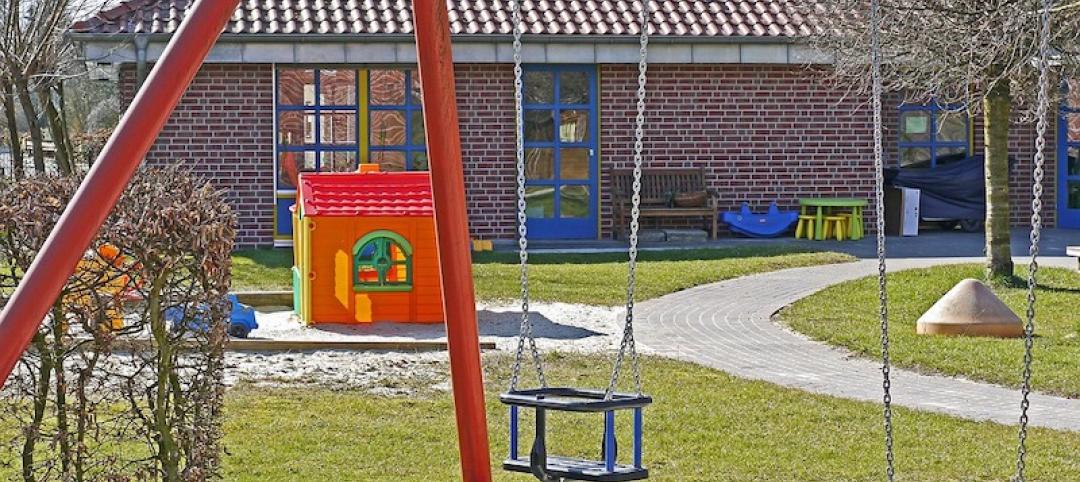The threat of rising sea levels could prompt commercial property developers and owners to reduce their assets in vulnerable areas, according to at least one prominent investment manager.
Owners of rental properties and other commercial real estate assets in coastal areas that face increased flood risk would be wise to adjust their portfolios over time, Marc Singer, co-founder of investment advisory firm Singer Xenos told GlobeSt. Taking this into account would mean selling properties in areas such as South Florida and directing new investments to areas less likely to suffer damage from the impacts of climate change.
Climate change should be taken seriously, as scientific evidence mounts indicating that significant coastal flooding will impact the real estate industry this century, Singer noted.
That doesn’t mean an immediate large-scale sell-off. Rather, a more gradual reduction of vulnerable properties over the coming decades would be prudent.
Recent studies have shown that a quarter of Boston could be underwater by 2045, and catastrophic flooding in New York City may become more common over the next few decades, he said. One impact within a decade might be a change in the way FEMA’s National Flood Insurance Program is administered to more realistically assess flood risk, resulting in higher premiums.
Related Stories
Codes and Standards | May 14, 2019
Database records more than 1,360 K-12 school shooting incidents since 1970
Naval Postgraduate School program maps locations nationwide.
Codes and Standards | May 13, 2019
In many cities, downtown housing comes with a hefty premium
Urban core living costs hundreds of thousands more in largest U.S. cities.
Codes and Standards | May 7, 2019
San Francisco plan would require largest commercial buildings to use 100% renewable electricity
First in the U.S. mandate would be phased in from 2022 to 2030.
Codes and Standards | May 7, 2019
ABC says best practices can improve construction companies’ safety by 680%
Daily ‘toolbox safety talks’ were most effective safety measures.
Codes and Standards | May 7, 2019
Office noise significantly reducing employee concentration, productivity, and creativity
Workplace distractions cause some to choose to work remotely.
Codes and Standards | May 7, 2019
WSP USA says it will be carbon neutral in 2019
Engineering firm will offset carbon at all offices and with employee business travel.
Codes and Standards | Apr 25, 2019
Report: Contractors invest $1.6 billion in workforce development annually
ABC members increased training spending 45% from 2013, according to a new report.
Codes and Standards | Apr 25, 2019
New York City’s Green New Deal would ban all-glass skyscrapers
The ambitious plan would also boost affordable housing, reduce building emissions, and update codes to account for sea level rise.
Codes and Standards | Apr 25, 2019
Chicago, Houston, and Dallas deemed ‘most dangerous cities for migratory birds’
The three cities are in the heart of North America’s most trafficked aerial corridors.
Codes and Standards | Apr 19, 2019
Notre Dame fire highlights danger of renovating historic structures
The devastating fire at Notre-Dame de Paris is the latest blaze to damage or destroy historic buildings while undergoing renovations. It highlights how vulnerable such structures are to fire while undergoing repairs.

















